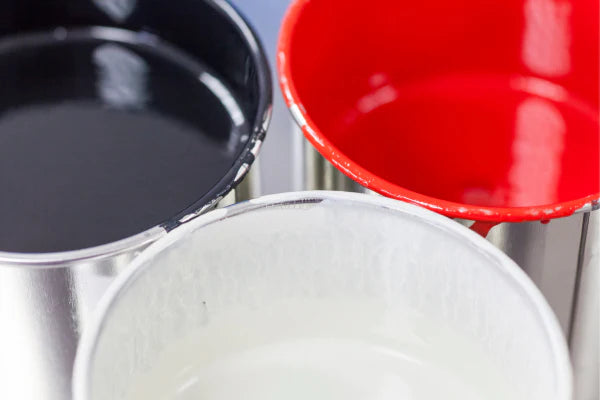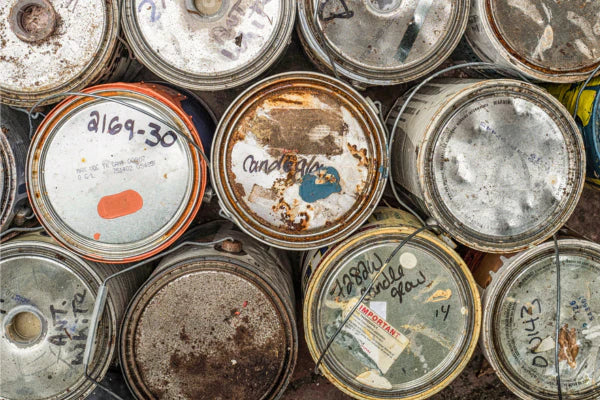Getting Rid of Paint
The Paint Recycling Process Explained
After collection, the paint is meticulously sorted by type: oil-based, latex-based, or aerosol. This is what happens after.

Recycling Latex Paint
- Latex paint, also known as water-based paint, is commonly used for walls and ceilings due to its ease of application.
- Here’s how the recycling process unfolds for latex paint: Recycling latex paint typically involves a process where the paint is sorted, screened, and filtered to remove any contaminants. Then, the paint is mixed with other waste latex paint to create a recycled product that can be used again. The specifics of the process can vary depending on the recycling facility and the technology they use.
- Fun Fact: Manufacturing paint with recycled content can produce up to four times less greenhouse gases than virgin paint, depending on the brand.

Poor Quality Paint
Paint that is previously frozen, partly solid, or contaminated falls into the “poor quality” category.
Liquid poor-quality paint can be used as an additive in various concrete manufacturing processes, extending the life of concrete products.
Solid paint cans are cut open, removed, and consolidated.

Recycling Oil-Based Paint
Oil-based or alkyd paints are known for their high gloss and durability. They’re often used on furniture, cabinetry, and trims.
The recycling process for oil-based paint involves:
- Workers emptying oil-based paints into large shipping containers.
- In some provinces, a portion of bulked oil-based paint is recycled into other types of coatings.
- In other provinces, it’s sent to a hazardous waste management company for testing and energy recovery.
- The chemistry of oil-based paint makes it challenging to recycle into new paint and coating products, and the market for recycled oil-based products is smaller than for latex paints.




